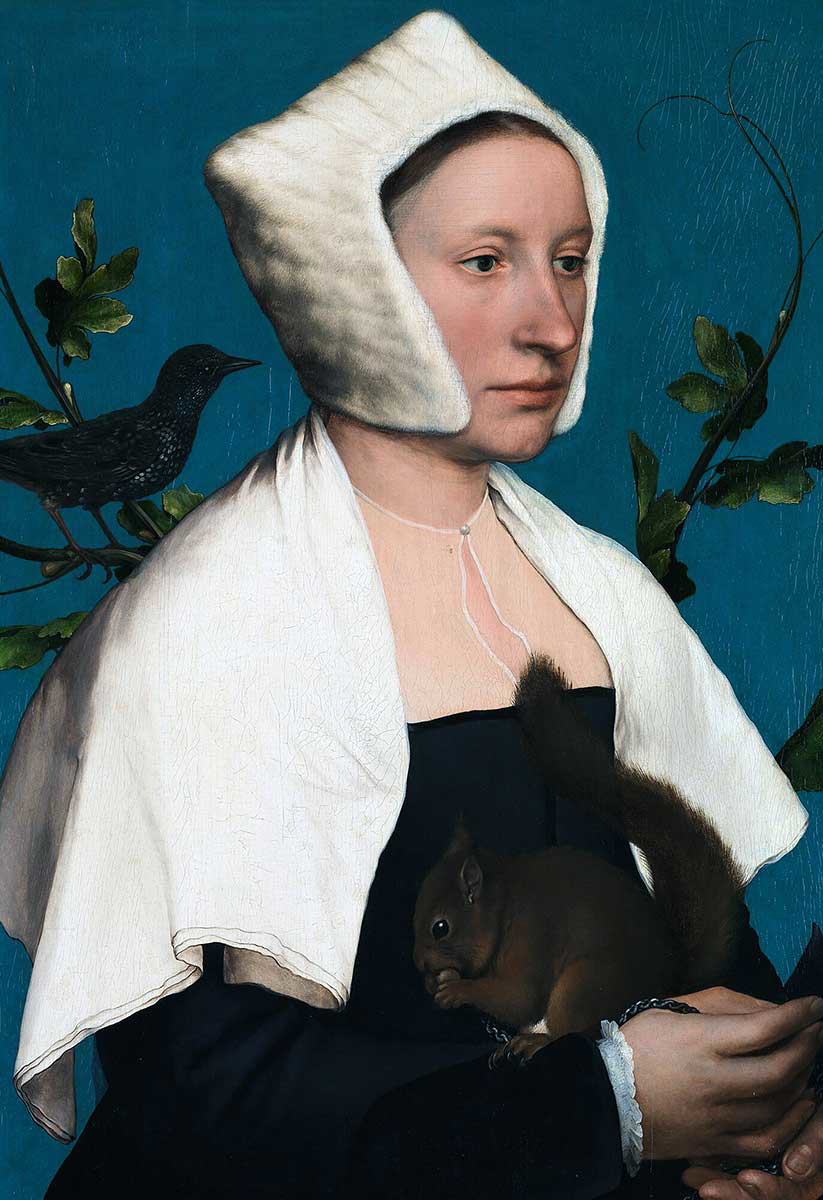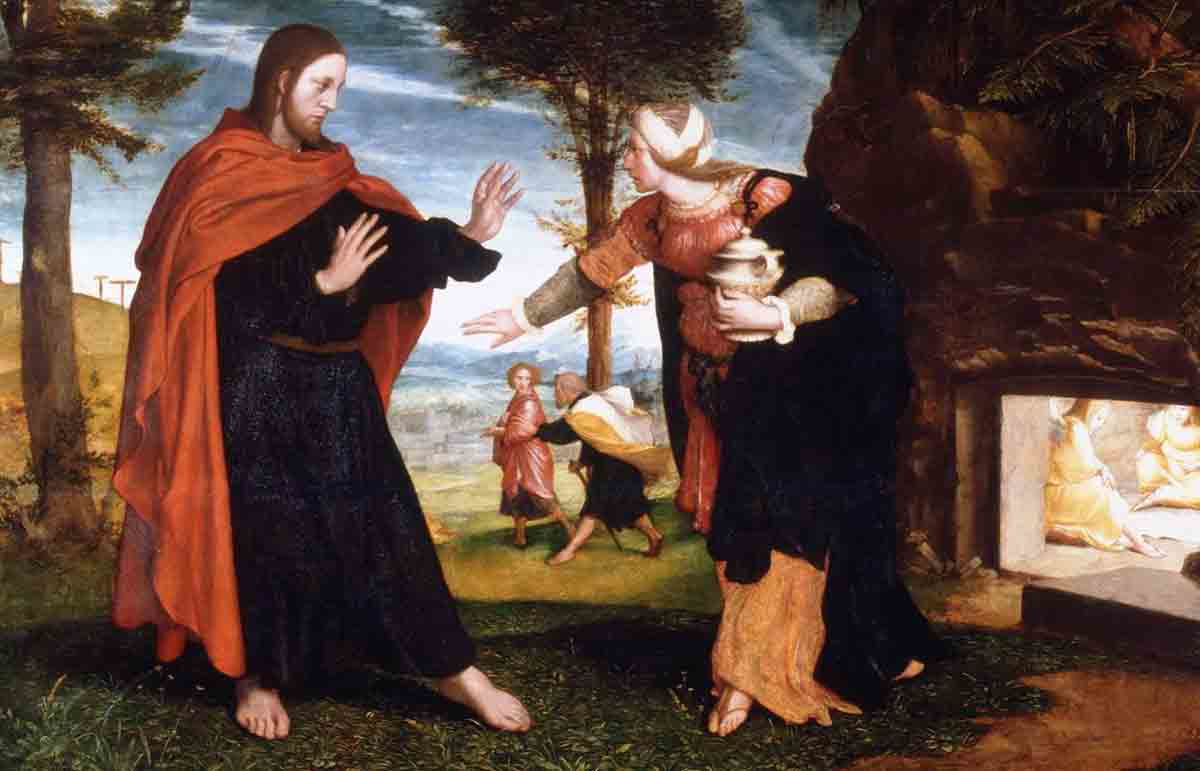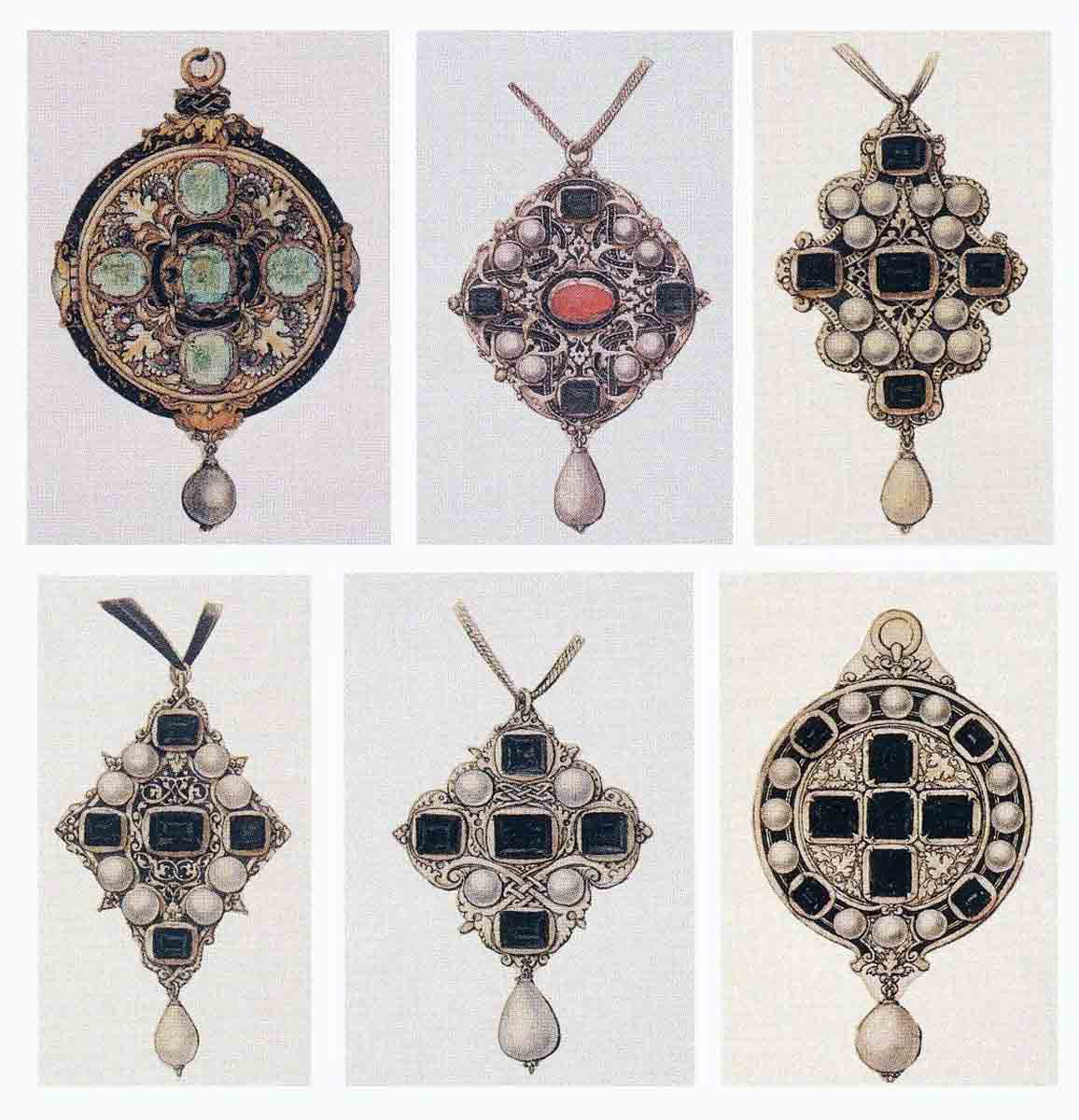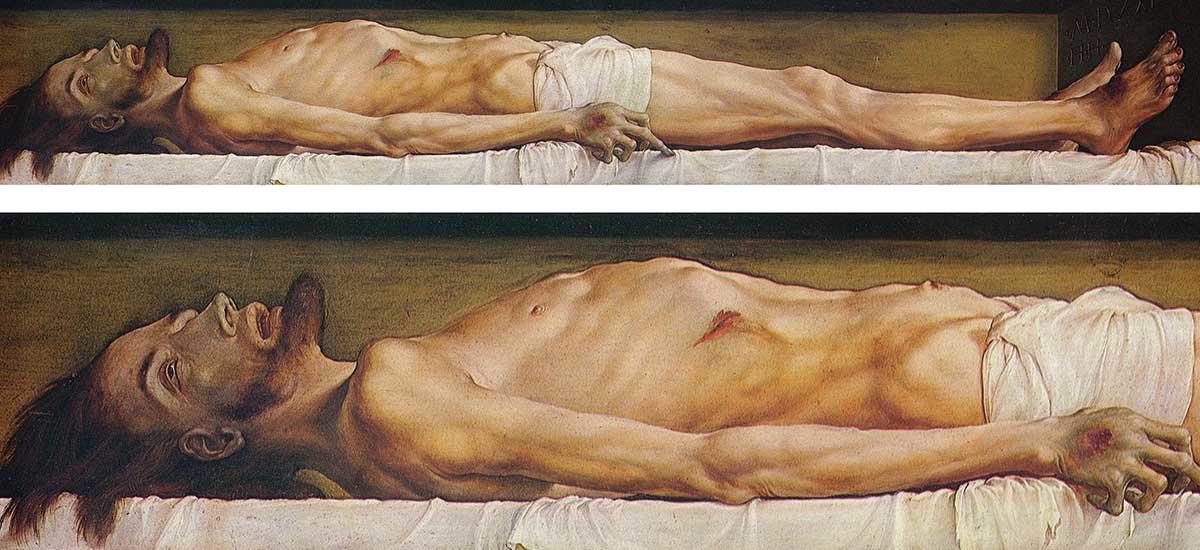Hans Holbein the Younger was a famous painter of the Northern Renaissance and Reformation eras. Born into an artistic family in Germany, he made a name for himself in Switzerland and England, where he joined the circle of court painters of the notorious King Henry VIII. Holbein’s uniquely realistic style sometimes unsettled his contemporaries. Read on to learn more about Hans Holbein the Younger and his famous works.
What Is Hans Holbein the Younger Best Known For?

Hans Holbein the Younger was born in the final years of the 15th century into a family of prominent painters. His ancestry could be traced up to the 13th century. His father, Hans Holbein the Elder, was one of the most remarkable painters of his time. He predominantly worked in his native Bavarian city of Augsburg and introduced his three sons to the business.
Seeking personal and artistic independence, at the age of 18, Hans Holbein the Younger moved to the Swiss city of Basel, which was famous for its book printing business. He launched his career as an engraver and book illustrator while also painting portraits on commissions. Basel was an important intellectual spot at the time, and Holbein had a chance to meet many prominent minds of his era.
In the mid-1520s, Hans Holbein the Younger moved to England, aiming to fill in the stylistic niche in the local art industry. There, he soon became the court painter of the notorious King Henry VIII. Under the patronage of the King and his second wife, Anne Boleyn, Holbein created a remarkable body of work, including one of the most famous portraits of the monarch.
What Techniques and Mediums Did He Use?

As a sixteenth-century artist, Hans Holbein the Younger preferred oil as the most frequent medium found in his works. However, he was also famous for his drawings, which he mostly made with chalk, charcoal, or pastel. One of the most significant features of Holbein’s art was the incredible realism of faces and details. For instance, his rendering of jewelry and fabric was so impressive that it sparked a new fashion in the 1860s. Rich women were commissioning real copies of painted brooches and necklaces that Holbein included in his portraits.
Hans Holbein the Younger was incredibly receptive to techniques and styles he encountered while exploring other artists’ works. For instance, he borrowed the sfumato technique from Leonardo da Vinci’s paintings and greatly enriched his Gothic vocabulary with influences from Italian and Dutch art.
What Were His Religious Beliefs?

Hans Holbein the Younger lived at the tumultuous time of the Protestant Reformation. At that time, some Christians of Northern Europe became disappointed with the way the Vatican interpreted the Bible and practiced faith. They protested against the astonishing riches amassed by the church and the practice of forgiving sins through generous donations. Moreover, they believed that the clergy forced their role as mediators between God and his believers and that Christians should build their personal connections to the divine. They also often questioned the idea of worshiping religious images, and in some regions, this led to violent clashes and the destruction of priceless art.
Hans Holbein’s family was mostly Catholic, yet he preferred not to speak about his religious views, knowing it might not only harm his career but potentially put his life in danger. During his entire life, he created works for both Catholic and Protestant commissioners, carefully avoiding detailed questions about his religious beliefs.
What Influences Did Hans Holbein the Younger Have?

Hans Holbein the Younger had a unique artistic style that he kept to himself: he did not take any known apprentices or find a school of his own. His painting style presented a synthesis of all possible influences he could reach. Trained in German tradition and greatly enriched by the career of Albrecht Durer, Holbein expanded his style and expressive means through his continuous travels.
He visited Italy, where he studied the works of Andrea Mantegna and Leonardo da Vinci. He also traveled through France and the Netherlands and studied the local artistic scene in England. His curiosity forged his synthetic artistic style, which blended techniques and influences.
What Are the Most Famous Works of Hans Holbein the Younger?

During his lifetime, Hans Holbein created an incredible body of work. Still, although he was mostly known as a painter, he was also a celebrated jewelry designer at the court of Henry VIII.
While still in Basel, Holbein painted a portrait of his close friend, scholar, and theologian, Erasmus of Rotterdam.

Erasmus was a notable opponent of Martin Luther and his Reformation movement and corresponded regularly with other thinkers of his era. For that reason, he commissioned many of the portraits that he sent to his protectors and colleagues abroad. Erasmus of Rotterdam had a rather cordial relationship: Erasmus suggested Holbein seek a career in England at the court of Henry VIII.
The Ambassadors

The famous Holbein painting from his English period was the portrait of a French ambassador to England and his close friend, a Catholic bishop. The shelf behind them contained multiple objects that hinted at the men’s occupations, hobbies, and values. The most strange and remarkable thing, however, was hidden in the foreground. In front of the two figures, Hans Holbein the Younger placed an oversized human skull, with its shape strangely stretched and deformed. To see the skull correctly, the viewer had to either turn the painting or stand next to it at a particular angle. Even today, it is unclear what made Holbein employ this visual illusion in the work. Possible interpretations include the metaphor of mortality hiding in plain sight, ignored by most.
Portrait of Henry VIII

One of the most famous images of the notorious King of England represented a rather typical approach to portrait painting at the time. Today, some art historians view works like that as elements of political propaganda. Spread around the country and over its borders, such portraits were aimed to create a positive and respectable view of the King. Despite his love for realism, Holbein enhanced the image of his commissioner, lengthening his legs and painting him significantly younger than he was. During his first years at the court, he enjoyed the support and protection of Anne Boleyn, the second wife of the King. Miraculously, Boleyn’s imprisonment and execution did not harm Holbein’s career. Unfortunately, the original painting was lost in a fire in 1698, yet several copies remained, offering a glimpse into Holbein’s original work.
The Body of the Dead Christ in the Tomb: Holbein the Younger’s Strangest Work

One of the most famous and certainly the most unsettling works of Hans Holbein the Younger was created while he was still in Basel. It has an unusual width of just about 12 inches, contrasting with nearly 79 inches in length. On its own, the image of the dead Christ was not unusual for the art of Holbein’s time. And yet, no one before him attempted to paint him with such a disturbing realism. Instead of painting a heavenly body that retained its beauty even in death, Holbein portrayed actual death—agonizing, with bruises and wounds, dead eyes half-opened, and a distorted face. Instead of painting Jesus Christ as a sacred being surrounded by his followers even in death, Holbein showed him alone, with obvious signs of decay taking over his earthly body.
According to some art historians, Hans Holbein the Younger modeled his painting of Christ on an actual dead body—a man who had drowned in a nearby river. Both the revolting realism and the unusual dimensions of the work bring the viewer closer to the actual experience of death. According to interpretations, such shocking depiction was intended to evoke fear and empathy, as well as enhance the exaltation over Christ’s resurrection.

